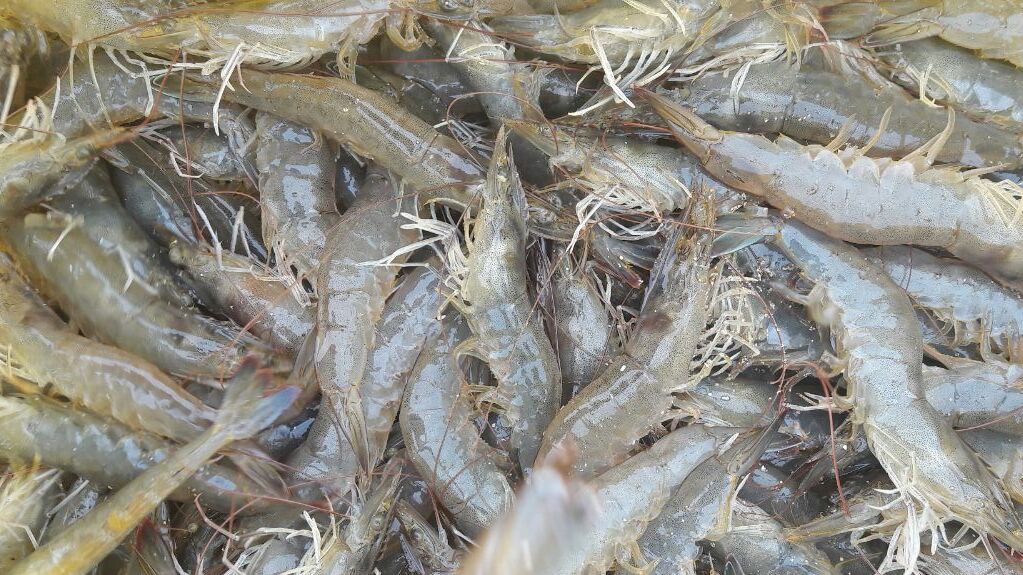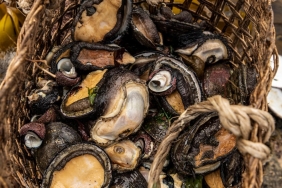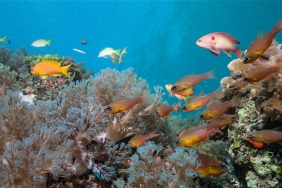CULTIVATORS MUST BE FRIENDLY TO NATURE
Have you ever tried walking along the coast? It is not uncommon to find thousands of hectares of ponds draining their waste into the sea. Aquaculture practices cannot be separated from waste. From every farming activity, the waste produced often has a negative effect on the environment and escapes the attention of farmers. Many small-scale farmers are not yet aware of this.
If there are no waste management measures, who will lose? Of course, the cultivators themselves because their business depends on the surrounding natural conditions. When we are not friendly to nature, nature will become a catastrophe. The outbreak of white spot virus (white spot disease in shrimp) in Indonesia as well as the previous outbreak, firefly disease caused by Vibrio harveyii, are examples of diseases that are caused by the accumulation of organic matter in nature.
Excessive and poorly oxidized organic matter becomes nutrients for disease-causing organisms, and eventually water with a high population of pathogenic bacteria is flowed back into the pond as a source of fish growing media. It is as if the farmer is channeling the source of the disease into his pond as well, which then results in crop failure.
Entrepreneurs are reminded of business sustainability. It is the ultimate word for aquaculture entrepreneurs to also focus on waste management. Because really, the core of aquaculture is engineering, how to control nature and other aquaculture inputs to be able to provide a conducive atmosphere for the fish being kept and maintain the quality of the surrounding ecosystem. Then how to manage the waste produced so that it does not pollute the surrounding environment?
Waste Management with WWTP
Industrial-scale farmers are generally more knowledgeable. Apart from the high business risk they face, they also consciously want to maintain the sustainability of their business. Wastewater Treatment Plant (WWTP) is usually one of the main concerns in the planning of farming practices.
WWTP has a variety of implementation steps. One of them is the application of aeration, settling, and reduction of organic and inorganic materials in the WWTP system. In this system, plants also have an important role in reducing waste levels. Water hyacinth is used as an absorber of inorganic nutrients such as nitrogen and phosphorus and traps organic particles with its root system.
Tilapia were also stocked in the next pond after the water hyacinth treatment area. Tilapia serves to utilize the existing plankton, as well as the suitability of water quality for fish life. PT Suri Tani Pemuka (STP) is a company that implements this WWTP system in the sobo pond farm, Banyuwangi.
The Bacterial Mineral Water (BMW) WWTP system, on the other hand, relies on bacteria to reduce organic matter levels. Wastewater enters a settling pond which then flows into a pond containing a bacterial soup with high aeration. The water that has been treated with bacteria is then separated from the solid particles. After that, the water is gradually filtered using a physical filter in the form of rocks, until the water becomes clear and odorless. The WWTP system is implemented by PT Alter Trade Indonesia (ATINA).
The existence of wastewater management, the burden of contamination on the surrounding environment, especially the sea, will be reduced. In addition, the sustainability of aquaculture businesses that depend on sea water sources will be maintained. From the sea back to the sea, borrowing water for economic gain and returning it to the sea with low contamination, so that water resources can be enjoyed until posterity.
Author: Nur Ahyani (Aquaculture Offiecer) and Wahju Subachri (WWF-Indonesia's Senior Aquaculture)





